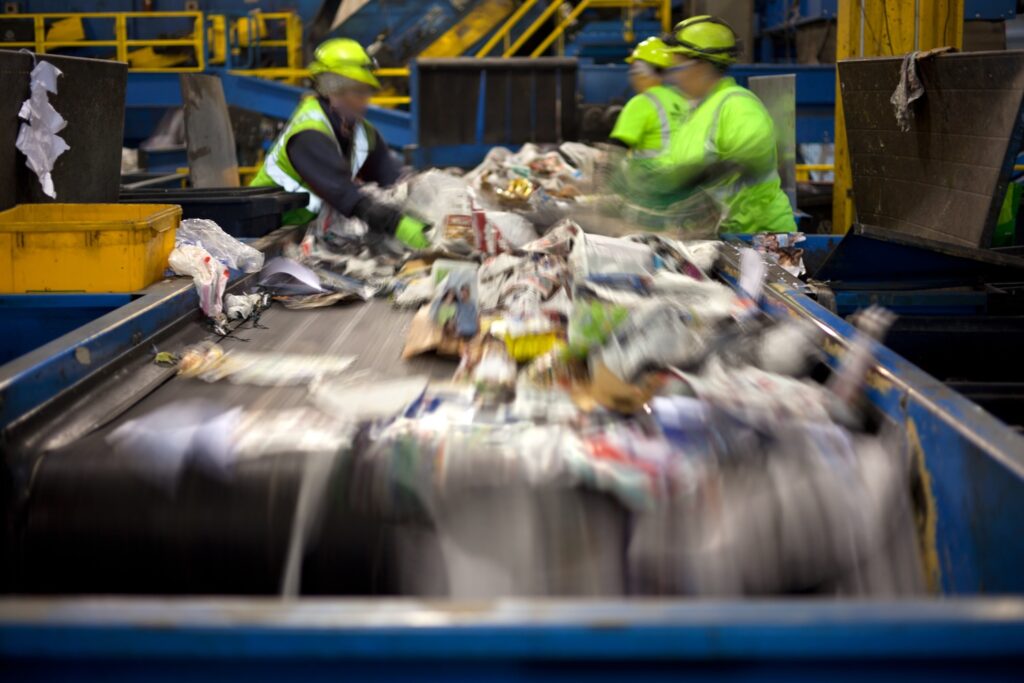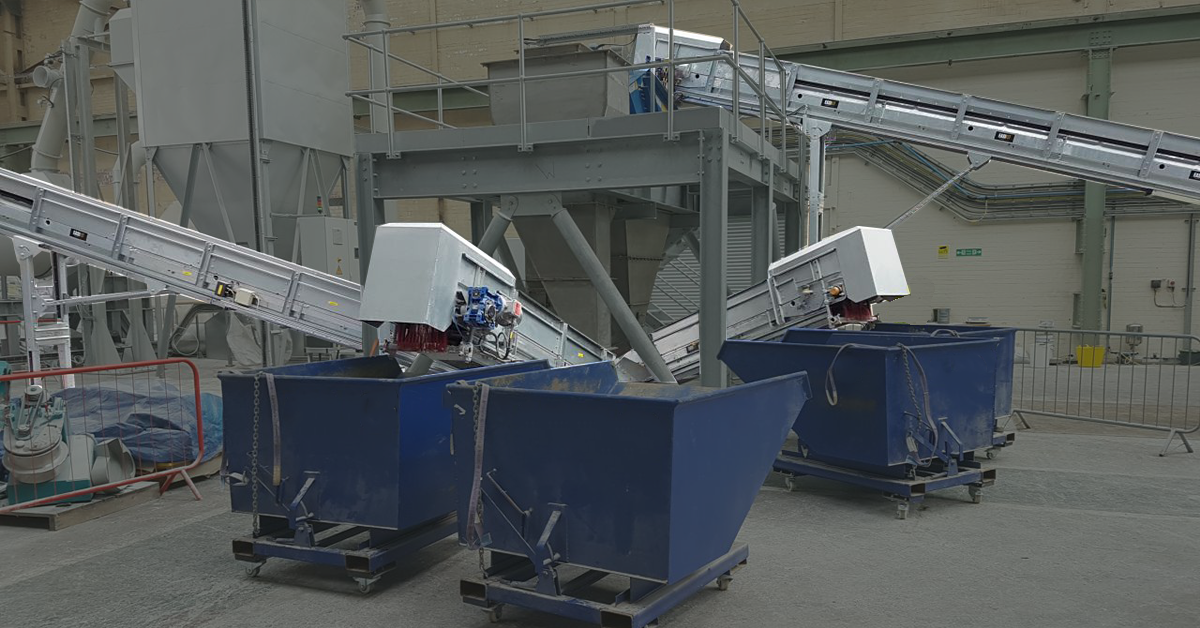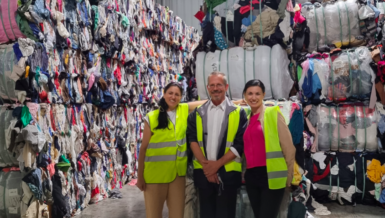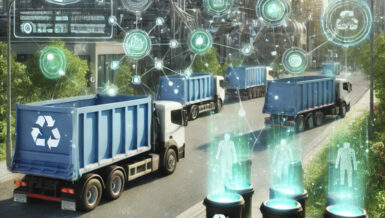IoT-Enabled Waste Management Systems
These systems employ various innovative tools, including smart bins equipped with sensors that detect waste levels, notifying authorities for timely collection. This functionality transforms workflows into more efficient waste generation-based schedules. The integration of IoT generates digital data points, coupled with advanced analytics, refining waste collection strategies.
Key Components and Features of IoT-Enabled Waste Management
Smart bins optimize collection routes and schedules by signaling when containers reach capacity. Sensors and RFID technology streamline recycling by identifying and sorting waste types, while data analytics decipher waste generation patterns, predict accumulation, and inform strategic decisions.
Remote Monitoring and Control – IoT empowers waste management authorities to oversee systems in real-time, facilitating immediate responses to issues like overflowing bins or equipment malfunctions, ensuring continuous operational efficiency.
Championing Environmental Sustainability – IoT-enabled systems significantly reduce environmental pollution, foster sustainable waste management practices, and curb the carbon footprint through recycling and proper waste disposal practices.
IoT in Industrial Waste Management – In the industrial sphere, IoT sensors track waste levels, optimize collection routes, reduce fuel consumption, and mitigate carbon emissions. These sensors detect anomalies, enable proactive maintenance, and provide insights for resource allocation and recycling strategies, enhancing cost-effectiveness.
Smart Waste Management Systems – Driven by IoT sensors and data analytics, these systems minimize operational costs, reduce fuel consumption, curtail unnecessary transportation, and identify opportunities for material recovery, ultimately enhancing recycling efforts.
Smart Waste Level Monitoring Systems for Recyclers – These systems leverage IoT sensors to provide real-time data for optimized collection schedules and routes. Recyclers benefit from reduced operational costs, minimized emissions, and enhanced recycling efficiency through streamlined sorting processes.
Dynamic Waste Collection Scheduling and Optimization – Leveraging real-time data from IoT sensors, these mechanisms dynamically schedule collections, optimize routes and adapt to changing waste volumes, minimizing fuel consumption and operational costs while maximizing resource allocation.
Conclusion: IoT’s Transformation of Waste Management
The integration of IoT sensors, data analytics, and dynamic optimization techniques marks a pivotal moment for the waste management and recycling sector, promising a profound revolution. This amalgamation signifies a paradigm shift towards efficiency, sustainability, and astute resource management. From the implementation of smart bins to the deployment of dynamic scheduling mechanisms, traditional waste management practices have undergone a fundamental transformation.
By harnessing IoT sensors and analytical insights, waste management has transitioned from a reactive approach to a proactive one, optimizing collection routes, slashing fuel consumption, and minimizing unnecessary transportation. Real-time waste level monitoring, coupled with remote control capabilities, ensures swift interventions, guaranteeing uninterrupted operational efficiency.
Furthermore, IoT’s role in industrial waste management doesn’t merely streamline processes; it cultivates cost-effectiveness and environmental awareness. It facilitates predictive maintenance, anomaly detection, and data-driven insights for intelligent resource allocation.
Ultimately, IoT’s transformative influence cultivates a circular economy, advocating for heightened recycling endeavors, mitigating environmental harm, and steering waste management towards a more sustainable future globally. Its integration stands as a cornerstone in the progression towards conscientious and efficient waste management practices across the world.

























